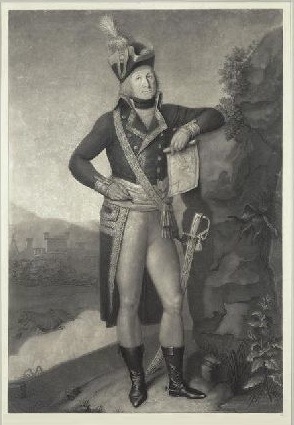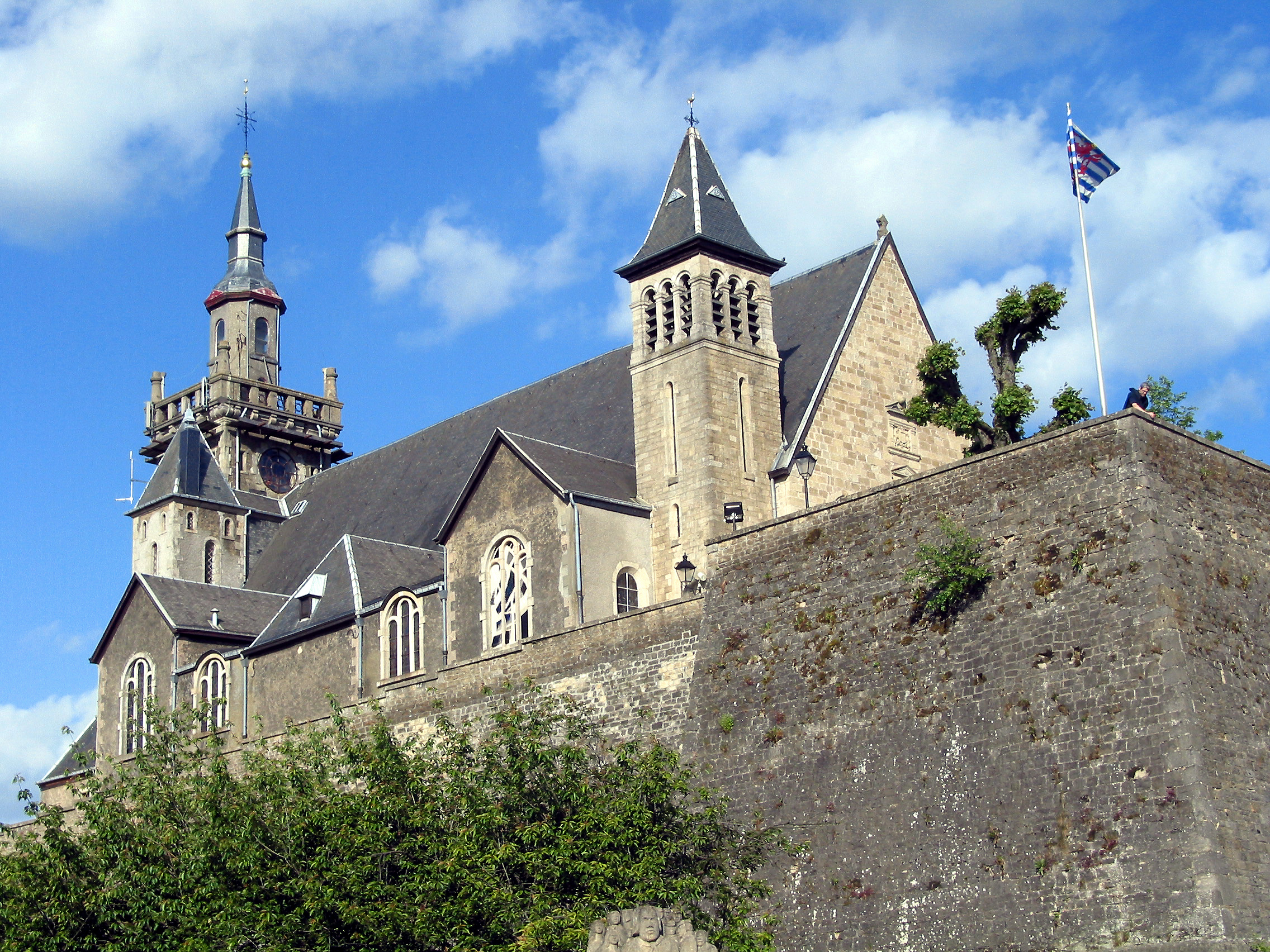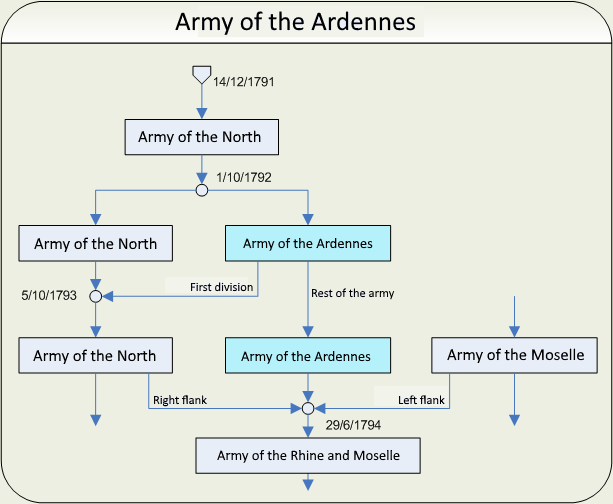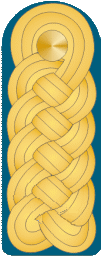|
Pierre Raphaël Paillot De Beauregard
Pierre Raphaël Paillot de Beauregard (14 February 1734 – 30 September 1799) led a French division at the Battle of Wattignies. A nobleman, he joined the French Royal Army as a cadet in 1755 and fought in the Seven Years' War. He became a lieutenant colonel in 1779, but two years later got into a dispute with a superior officer and was placed on inactive service. The French Revolution and the War of the First Coalition saved his career; he was promoted general of brigade in 1792. He led a 2,000-man column at Arlon in 1793 but irritated his army commander. After his 5,800-strong division performed poorly at Wattignies he was put in prison for 10 months. He was briefly employed again during the War in the Vendée in 1795 before retiring from military service in 1796. Early career Beauregard was born on 14 February 1734 at Saint-Palais-sur-Mer, France. He entered the ''Noailles'' Cavalry Regiment in 1755 as a cadet and served in the Seven Years' War. He transferred to the ''Clermon ... [...More Info...] [...Related Items...] OR: [Wikipedia] [Google] [Baidu] |
Saint-Palais-sur-Mer
Saint-Palais-sur-Mer (, literally ''Saint-Palais on Sea'') is a commune in the Charente-Maritime department in southwestern France. Population Gallery Image:Ancienne église Saint Pallais.jpg Image:St Palais7.jpg Image:Sentier à Saint-Palais.jpg Image:Charente-Maritime-saint-palais.svg, Saint-Palais-sur-Mer in Charente-Maritime Image:Le Platin (Saint-Palais-sur-Mer).png See also *Communes of the Charente-Maritime department The following is a list of the 463 communes of the Charente-Maritime department of France. The communes cooperate in the following intercommunalities (as of 2020):Communes of Charente-Maritime Seaside resorts in France [...More Info...] [...Related Items...] OR: [Wikipedia] [Google] [Baidu] |
Dragoon
Dragoons were originally a class of mounted infantry, who used horses for mobility, but dismounted to fight on foot. From the early 17th century onward, dragoons were increasingly also employed as conventional cavalry and trained for combat with swords and firearms from horseback. While their use goes back to the late 16th century, dragoon regiments were established in most European armies during the 17th and early 18th centuries; they provided greater mobility than regular infantry but were far less expensive than cavalry. The name reputedly derives from a type of firearm, called a ''dragon'', which was a handgun version of a blunderbuss, carried by dragoons of the French Army. The title has been retained in modern times by a number of armoured or ceremonial mounted regiments. Origins and name The establishment of dragoons evolved from the practice of sometimes transporting infantry by horse when speed of movement was needed. In 1552, Alexander Farnese, Duke of Parma mo ... [...More Info...] [...Related Items...] OR: [Wikipedia] [Google] [Baidu] |
Arlon
Arlon (; lb, Arel ; nl, Aarlen ; german: Arel ; wa, Årlon; la, Orolaunum) is a city and municipality of Wallonia located in and capital of the province of Luxembourg in the Ardennes, Belgium. With a population of just over 28,000, it is the smallest provincial capital in Belgium. Arlon is also the capital of its cultural region: the Arelerland (Land of Arlon in Luxemburgish). The municipality consists of the following districts: Arlon, Autelbas, Barnich, Bonnert, Guirsch, Heinsch, and Toernich. Other population centers include: * Autelhaut * Clairefontaine * Fouches * Frassem * Freylange * Hachy * Heckbous * Rosenberg * Sampont * Schoppach * Sesselich * Seymerich * Stehnen * Sterpenich * Stockem * Udange * Viville * Waltzing * Weyler * Wolberg History Roman and medieval times Before the Roman conquests of Gaul, the territory of Arlon and a vast area to the southeast were settled by the Treveri, a Celtic tribe. The local population adapted relatively easi ... [...More Info...] [...Related Items...] OR: [Wikipedia] [Google] [Baidu] |
Liège
Liège ( , , ; wa, Lîdje ; nl, Luik ; german: Lüttich ) is a major city and municipality of Wallonia and the capital of the Belgian province of Liège. The city is situated in the valley of the Meuse, in the east of Belgium, not far from borders with the Netherlands ( Maastricht is about to the north) and with Germany (Aachen is about north-east). In Liège, the Meuse meets the river Ourthe. The city is part of the ''sillon industriel'', the former industrial backbone of Wallonia. It still is the principal economic and cultural centre of the region. The municipality consists of the following districts: Angleur, , Chênée, , Grivegnée, Jupille-sur-Meuse, Liège, Rocourt, and Wandre. In November 2012, Liège had 198,280 inhabitants. The metropolitan area, including the outer commuter zone, covers an area of 1,879 km2 (725 sq mi) and had a total population of 749,110 on 1 January 2008. [...More Info...] [...Related Items...] OR: [Wikipedia] [Google] [Baidu] |
Givet
Givet () (german: Gibet Walloon: ''Djivet'') is a commune in the Ardennes department in northern France surrounded on three sides by the Belgian border. It lies on the river Meuse where Emperor Charles V built the fortress of Charlemont. It borders the French municipalities of Fromelennes to the east and Rancennes to the south and Foisches to the southeast. Later on, another building was added to the fort, the Caserne Rougé, the longest barracks of France at that time, named after Pierre François, Marquis de Rougé, general of the French armies k.a. 1761. The Pointe de Givet National Nature Reserve is partly located on the commune. History The town's history claims that Saint Hubert lived there in 720 and performed a miracle. The town has changed hands several times since the Roman era before becoming part of France in 1678, and was later invaded by Russians and Germans. During the Napoleonic Wars, the French maintained a camp here for British naval prisoners of wa ... [...More Info...] [...Related Items...] OR: [Wikipedia] [Google] [Baidu] |
Charles Edward Jennings De Kilmaine
General Charles Edward Saul Jennings (19 October 1751 – 11 December 1799), also referred to as Brave Kilmaine, was an Irish soldier in the service of France and a revolutionary. He was committed to the cause of Irish independence and an active supporter of the French Revolution. Jennings is known to have been an associate of Theobald Wolfe Tone and served as a brigade and division commander under Napoleon I. Jennings served in the American War of Independence and the French Revolutionary Wars. He played a minor role in the Irish independence movement. Jennings was known for his personal reserve and as one of the most charismatic Irish generals of the Revolutionary and Napoleonic period. Though he was not ennobled, he is sometimes referred to as de Kilmaine and Baron de Kilmaine in reference to the Jennings' ancestral home in Kilmaine, County Mayo. Early life Jennings was born on 19 October 1751 at Saul's Court, Temple Bar, Dublin, Ireland. His father, Dr. Theobald Jen ... [...More Info...] [...Related Items...] OR: [Wikipedia] [Google] [Baidu] |
Army Of The Ardennes
The Army of the Ardennes (''armée des Ardennes'') was a French Revolutionary Army formed on the first of October 1792 by splitting off the right wing of the Army of the North, commanded from July to August that year by La Fayette. From July to September 1792 General Dumouriez also misused the name Army of the Ardennes for the right wing of what was left of the Army of the North after the split, encamped at Sedan and the name of Army of the North for the left flank of the army. It was reorganized by a decree of the Conseil exécutif on the first of March 1793, leading to only the right flank of the army keeping the name of Army of the Ardennes. The first division of the Army of the Ardennes re-merged back into the Army of the North on 5 October 1793, at which date the rest of the Army of the Ardennes continued as the Army of the Ardennes until 29 June 1794, when it merged with the Army of the North's right wing and the Army of the Moselle's left wing to form the Army of Sa ... [...More Info...] [...Related Items...] OR: [Wikipedia] [Google] [Baidu] |
General Of Division
Divisional general is a general officer rank who commands an army division. The rank originates from the French (Revolutionary) System, and is used by a number of countries. The rank is above a brigade general, and normally below an army corps general. The rank is mostly used in countries where it is used as a modern alternative to a previous older rank of major-general or lieutenant-general. Specific countries Brazil The Brazilian rank ''general-de-divisão'' translates literally as "general of division", and is used by the army. This rank is equivalent to lieutenant-general. The air force equivalent is ''major-brigadeiro''(literally "major-brigadier"). The navy equivalent is ''vice-almirante'' (literally, vice-admiral) Chile The Chilean rank ''general de división'' translates literally as "general of division", and is used by the army. This rank is equivalent to lieutenant-general. The air force equivalent is ''general de aviación'' (literally "aviation general"). Thes ... [...More Info...] [...Related Items...] OR: [Wikipedia] [Google] [Baidu] |
Sedan, Ardennes
Sedan () is a commune in the Ardennes department and Grand Est region of north-eastern France. It is also the chef-lieu (administrative centre) of the arrondissement of the same name. Location The town is situated about 200 km from Paris, 85 km north-east of Reims, and 10 km south of the border with Belgium. The historic centre occupies a peninsula formed by a bend in the river Meuse. Sedan station has rail connections to Charleville-Mézières, Reims and Longwy. The A34 autoroute links Sedan with Charleville-Mézières and Reims. History Sedan was founded in 1424. In the 16th century Sédan was an asylum for Protestant refugees from the Wars of Religion. Until 1651, the Principality of Sedan belonged to the La Tour d'Auvergne family. It was at that time a sovereign principality. Their representative, Marshal Turenne, was born at Sedan on 11 September 1611. With help from the Holy Roman Empire, it defeated France at the Battle of La Marfée. Immediately afte ... [...More Info...] [...Related Items...] OR: [Wikipedia] [Google] [Baidu] |
Avignon
Avignon (, ; ; oc, Avinhon, label=Provençal or , ; la, Avenio) is the prefecture of the Vaucluse department in the Provence-Alpes-Côte d'Azur region of Southeastern France. Located on the left bank of the river Rhône, the commune had a population of 93,671 as of the census results of 2017, with about 16,000 (estimate from Avignon's municipal services) living in the ancient town centre enclosed by its medieval walls. It is France's 35th largest metropolitan area according to INSEE with 336,135 inhabitants (2019), and France's 13th largest urban unit with 458,828 inhabitants (2019). Its urban area was the fastest-growing in France from 1999 until 2010 with an increase of 76% of its population and an area increase of 136%. The Communauté d'agglomération du Grand Avignon, a cooperation structure of 16 communes, had 192,785 inhabitants in 2018. Between 1309 and 1377, during the Avignon Papacy, seven successive popes resided in Avignon and in 1348 Pope Clement VI b ... [...More Info...] [...Related Items...] OR: [Wikipedia] [Google] [Baidu] |
General Kilmaine
A general officer is an officer of high rank in the armies, and in some nations' air forces, space forces, and marines or naval infantry. In some usages the term "general officer" refers to a rank above colonel."general, adj. and n.". OED Online. March 2021. Oxford University Press. https://www.oed.com/view/Entry/77489?rskey=dCKrg4&result=1 (accessed May 11, 2021) The term ''general'' is used in two ways: as the generic title for all grades of general officer and as a specific rank. It originates in the 16th century, as a shortening of ''captain general'', which rank was taken from Middle French ''capitaine général''. The adjective ''general'' had been affixed to officer designations since the late medieval period to indicate relative superiority or an extended jurisdiction. Today, the title of ''general'' is known in some countries as a four-star rank. However, different countries use different systems of stars or other insignia for senior ranks. It has a NATO rank scal ... [...More Info...] [...Related Items...] OR: [Wikipedia] [Google] [Baidu] |






